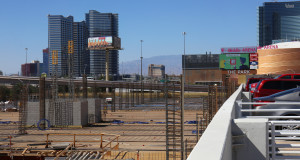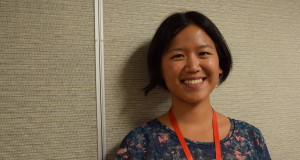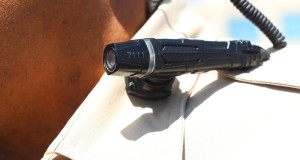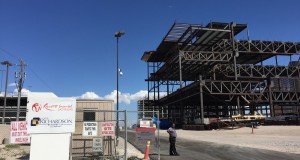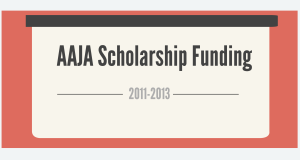Asking questions is like a hot cup of coffee for journalists: always there and smooth to the tongue.
But asking questions is rarely a reciprocal act for reporters.
While AAJA president Paul Cheung has told others’ stories, the Associated Press’ director of interactive and digital news production never thought his own would be told.
That changed May 12, with Cheung was aboard Amtrak train 188. It left Washington bound for New York, but never made it.
It derailed in Philadelphia, and five people were killed. Among those were a colleague of Cheung’s, Jim Gaines, a video software architect for the AP.
Riding a derailing train might not seem as scary as you might think.
Cheung, who had been to Washington for an event that was part of the White House’s Asian American initiative, said he was watching shows on Netflix and YouTube when the train started to shake and the lights went out.
He didn’t realize it had derailed until he jumped out and saw the mangled cars.
“It is just confusing and disorienting,” Cheung said. “You don’t think about a train wreck, it’s not like you see it coming.”
But the journalistic instincts kicked in. Cheung said he immediately investigated and documented the scene, taking pictures and videos.
Cheung said he was simply “doing his job.”
But he wasn’t the only one that was doing his job that day.
Media outlets including his own employer, plus MSNBC and BBC interviewed him the night of the crash. That week, he spoke to reporters for “Good Morning America,” The New York Times, Fox News and Al Jazeera.
“I don’t think of myself as the victim or survivor, but that’s obviously how I was being portrayed. I was thinking of myself as a journalist first.”
He said the most difficult part about being interviewed was remaining objective.
“You have to be calm and think through what you need to do,” he said. “You want to give information that is true and accurate and not exaggerate.”
The experience not only taught Cheung how to act in the news but also gave him an insight into the work broadcasts journalists do.
“It made me appreciate journalists who are doing work on the frontline. In the midst of chaos you have to tell stories day in and day out. Some are risking their lives to cover the stories.”
 VOICES Publishing from the AAJA National Convention
VOICES Publishing from the AAJA National Convention



